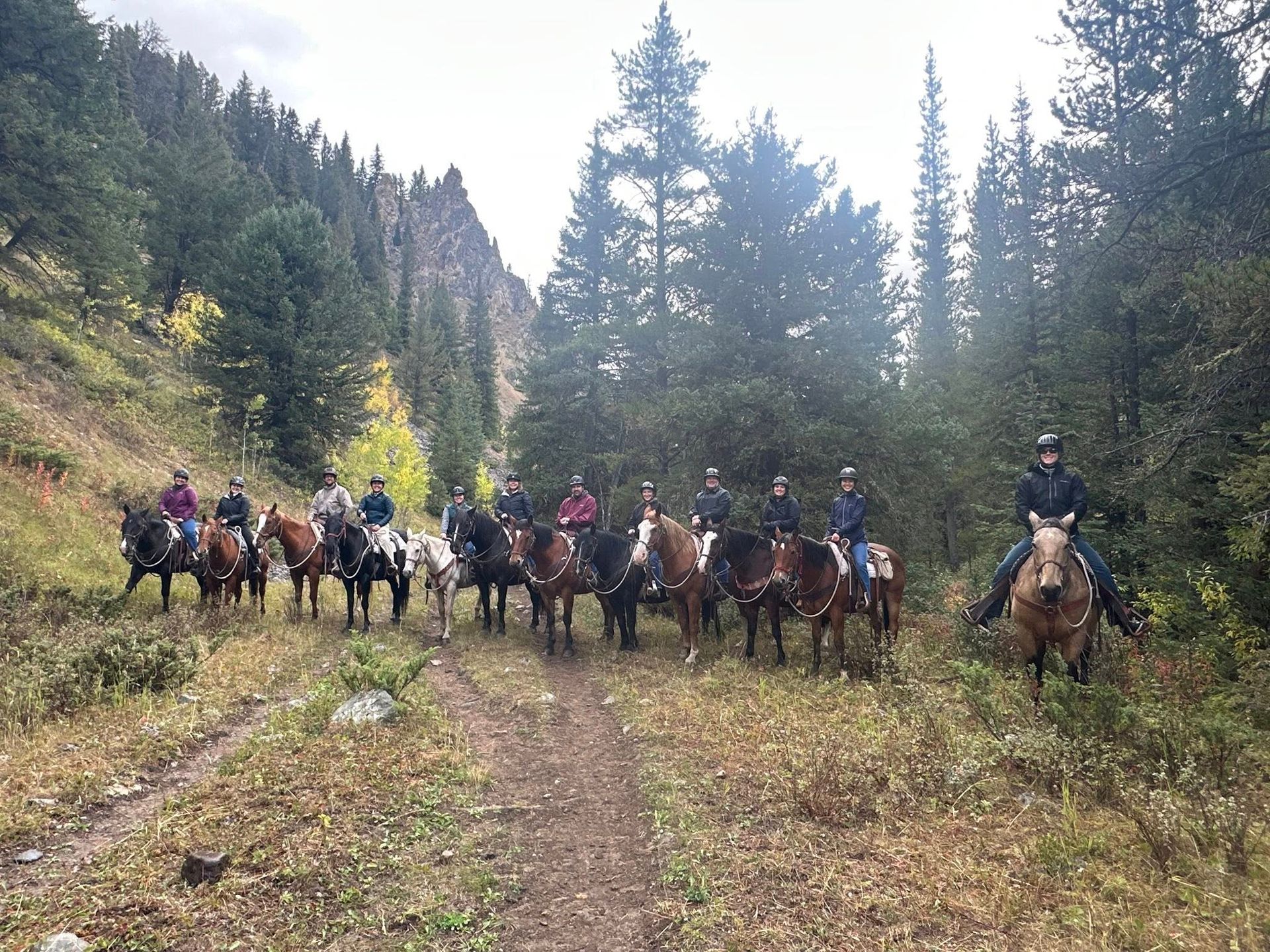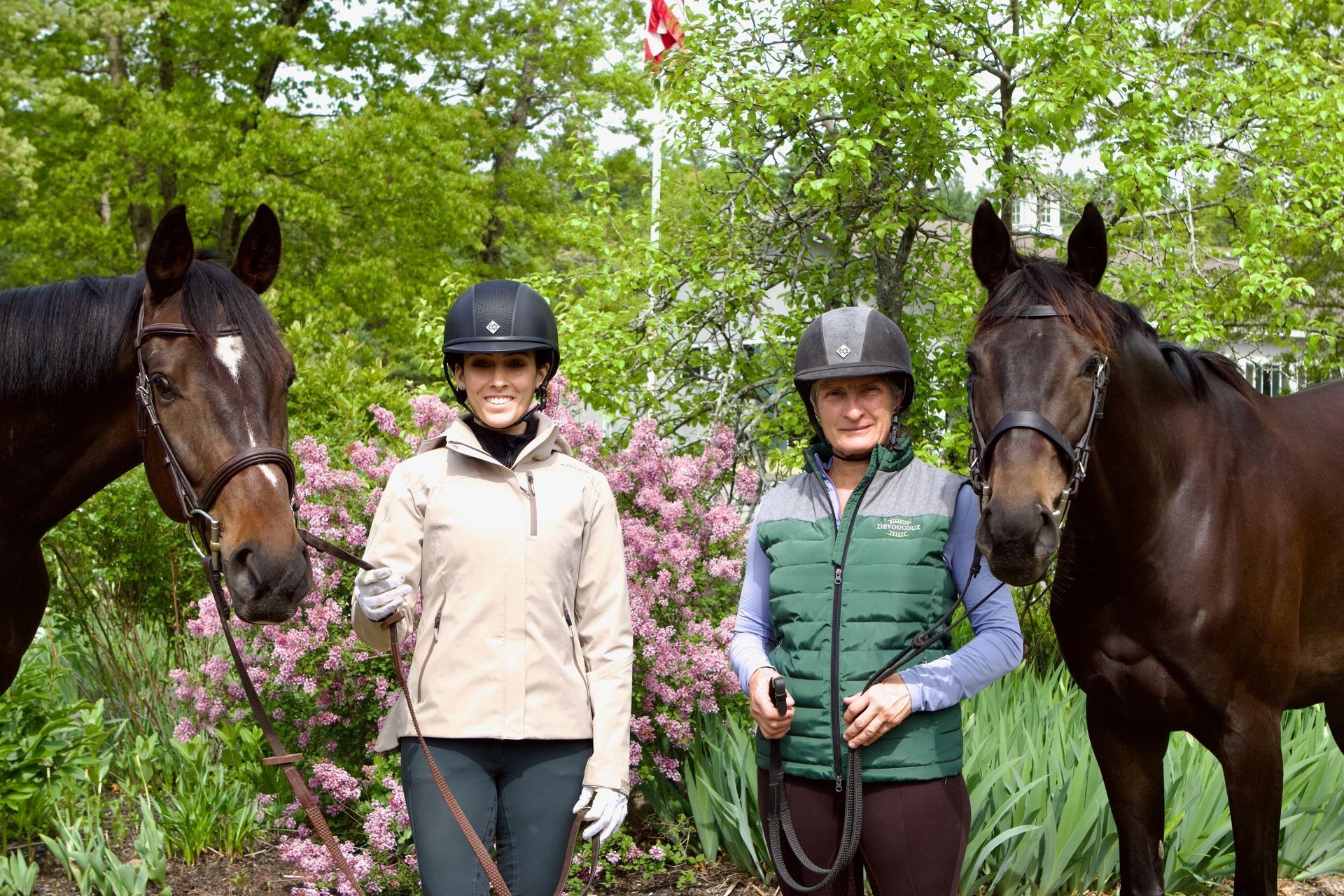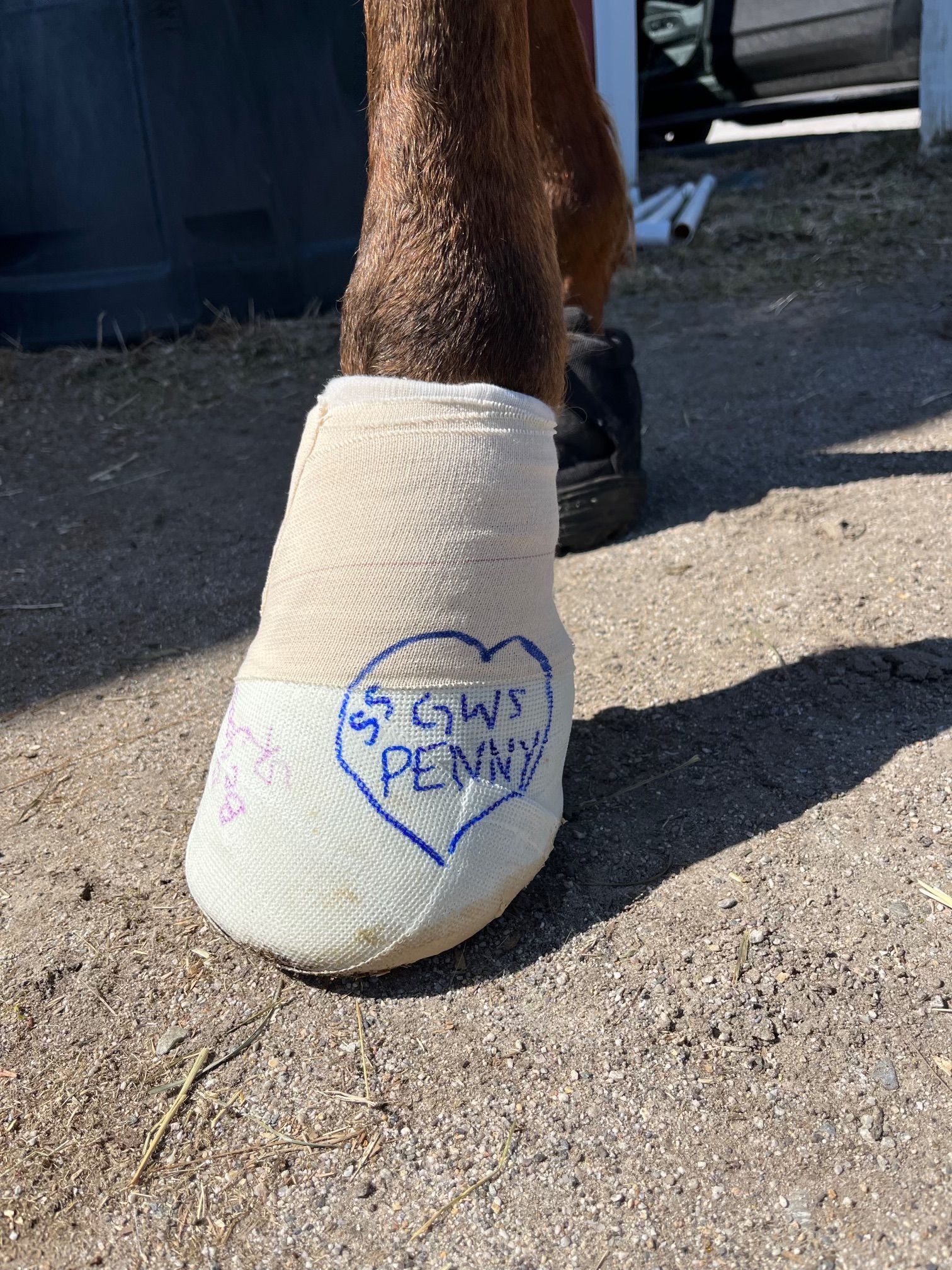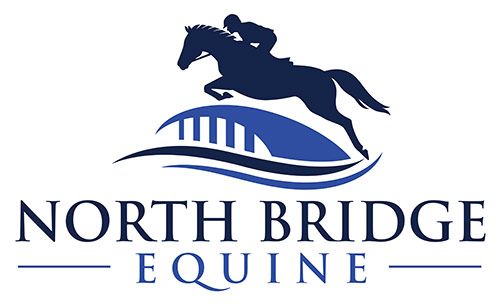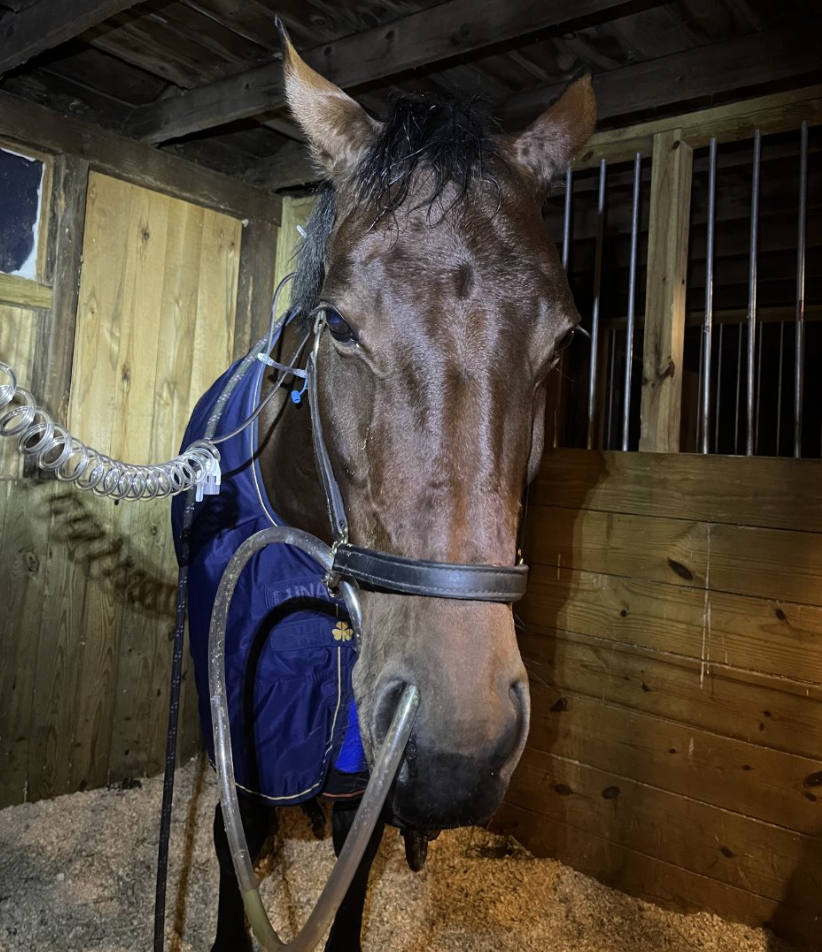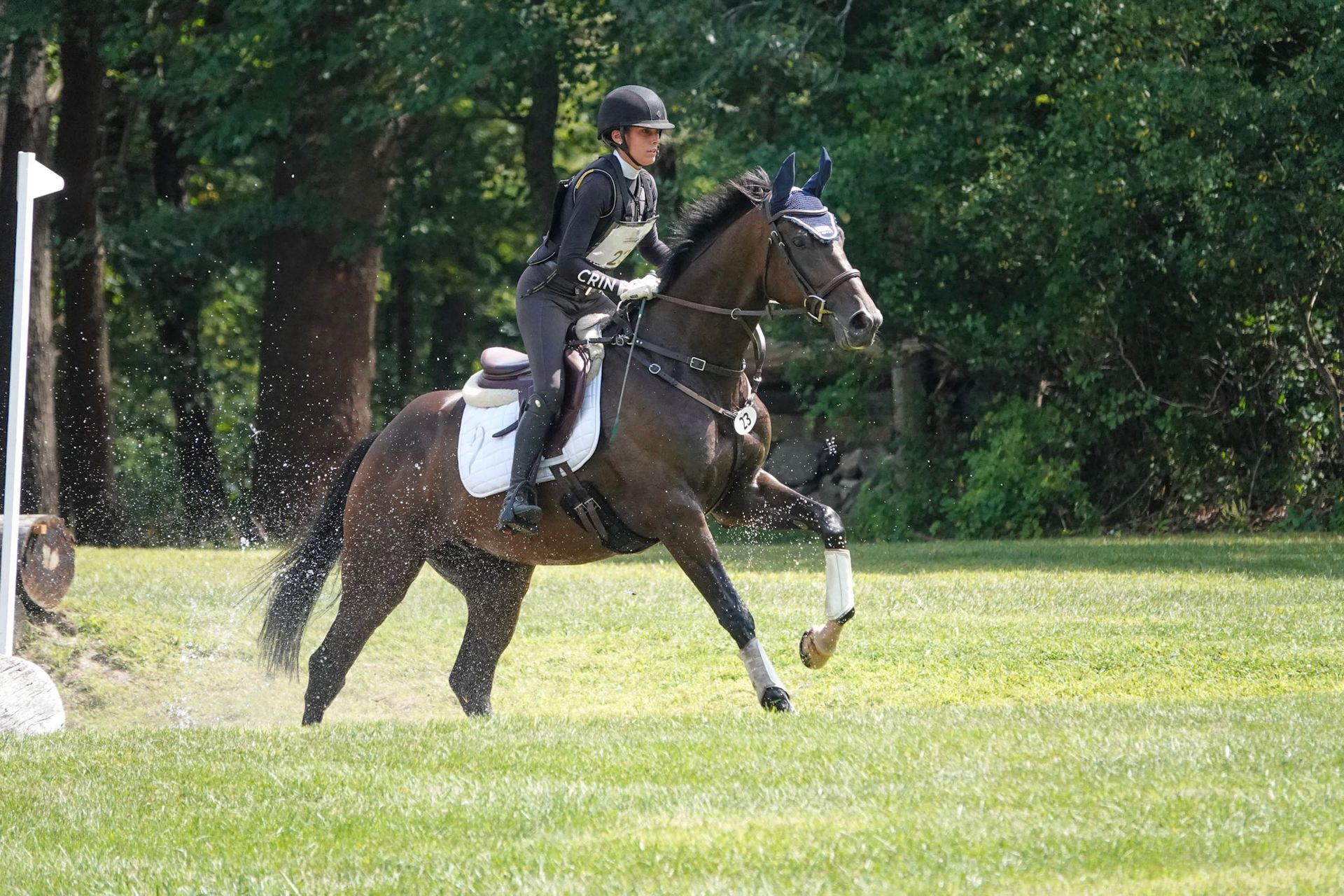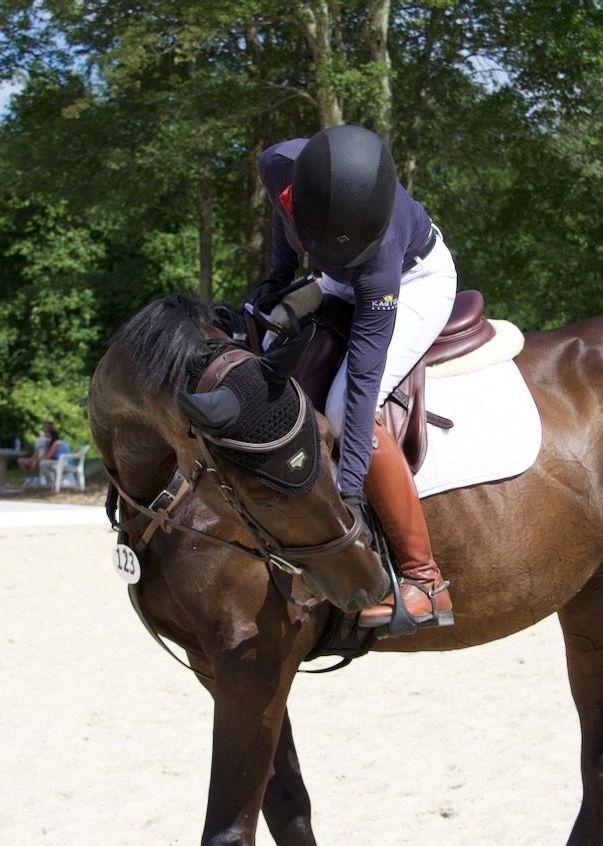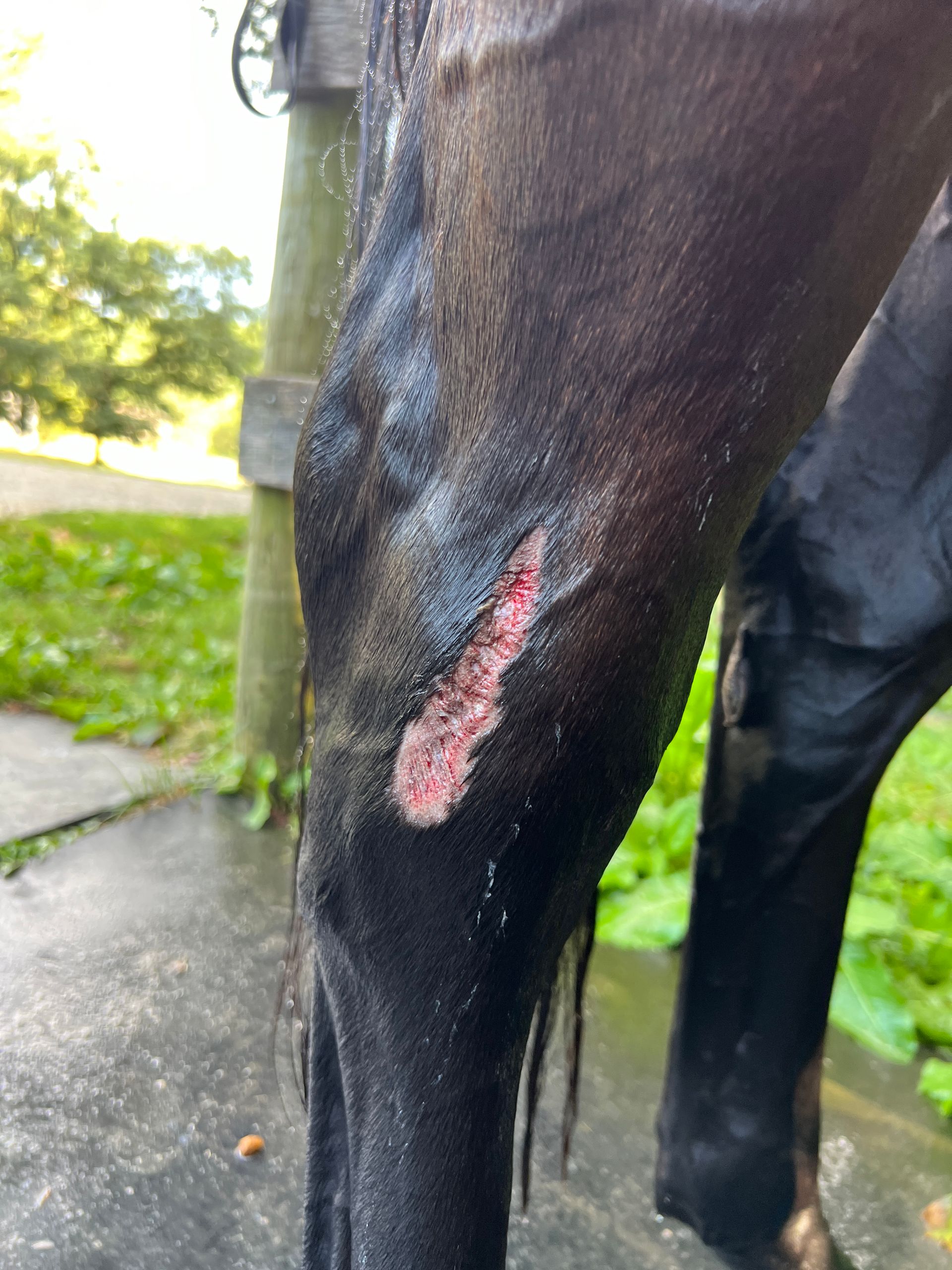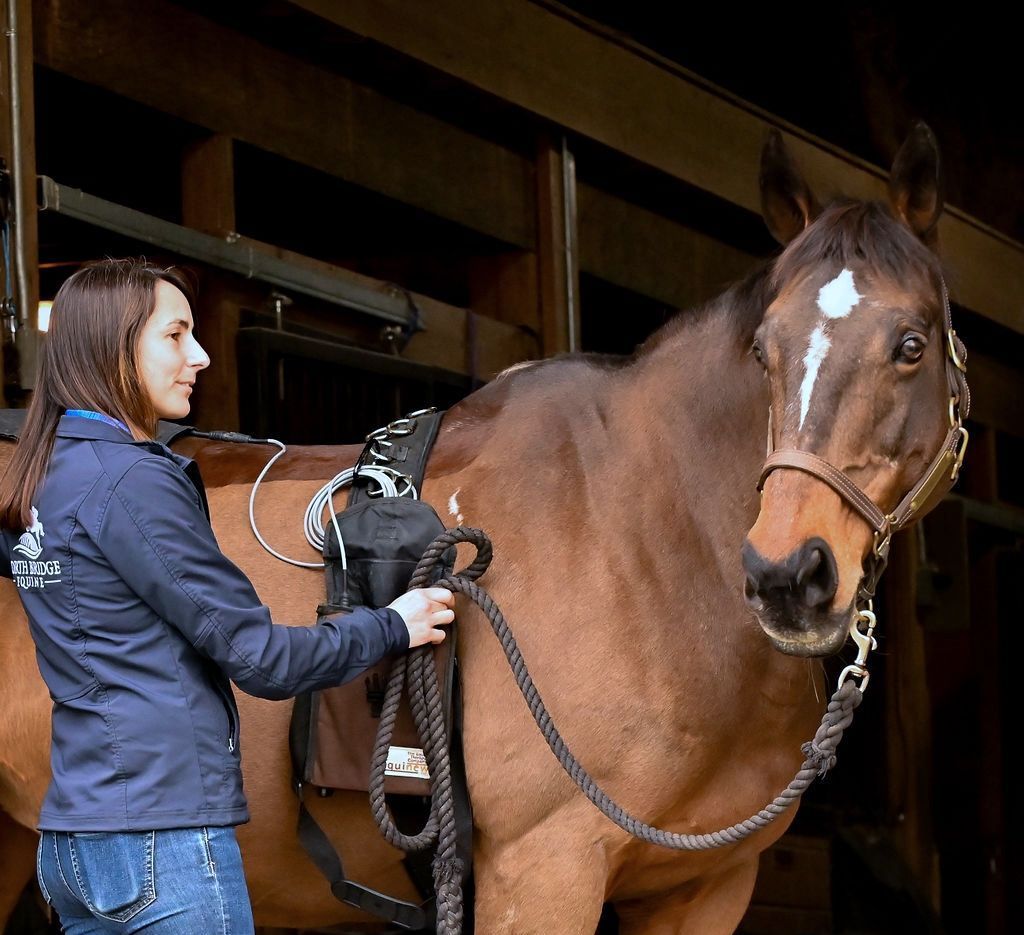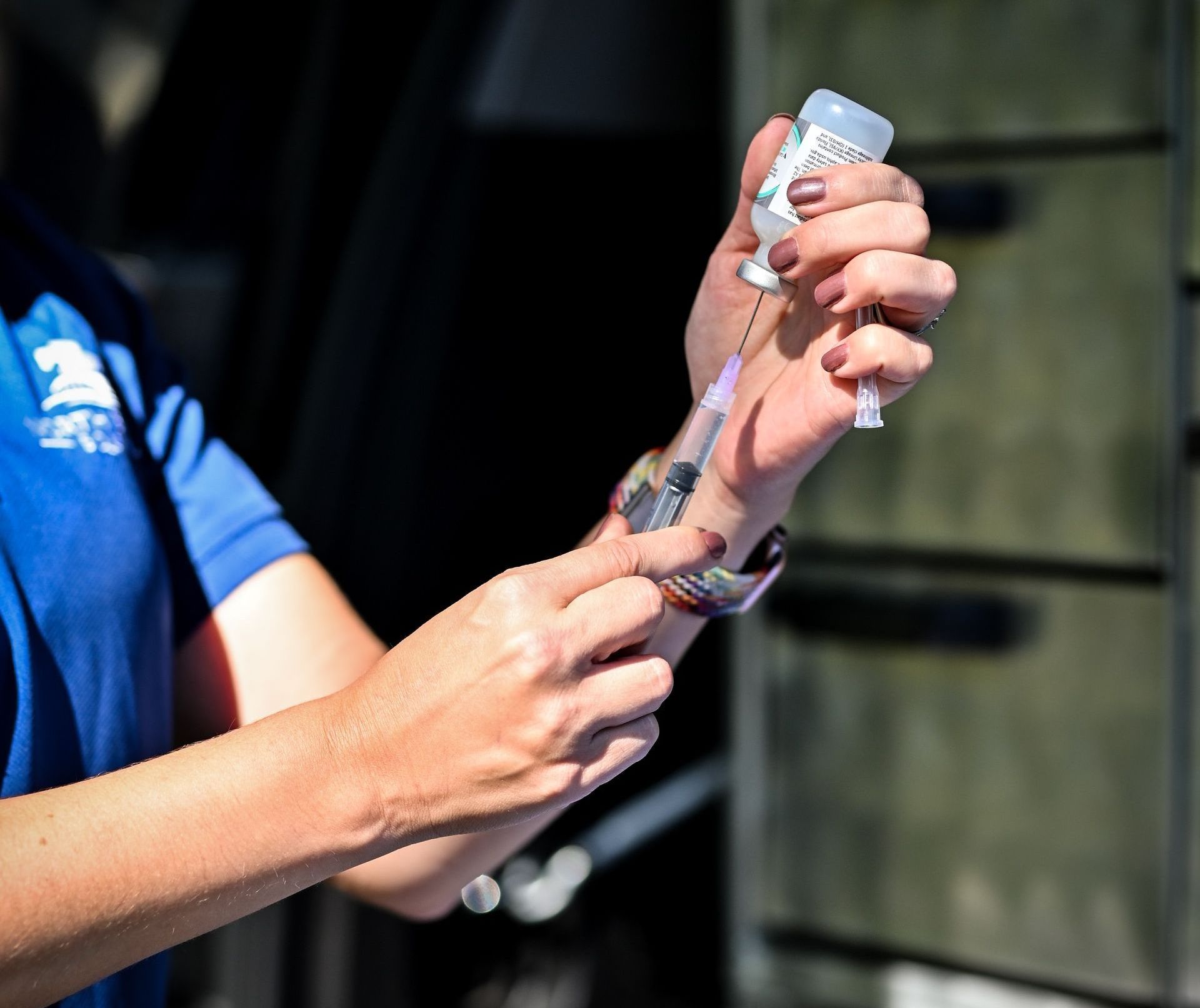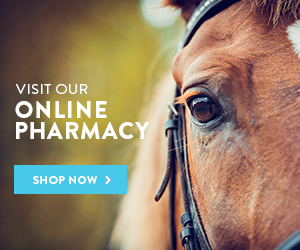Blog
Equine Eye 101
Bright Eyes, Healthy Horse: Understanding Equine Eye Care
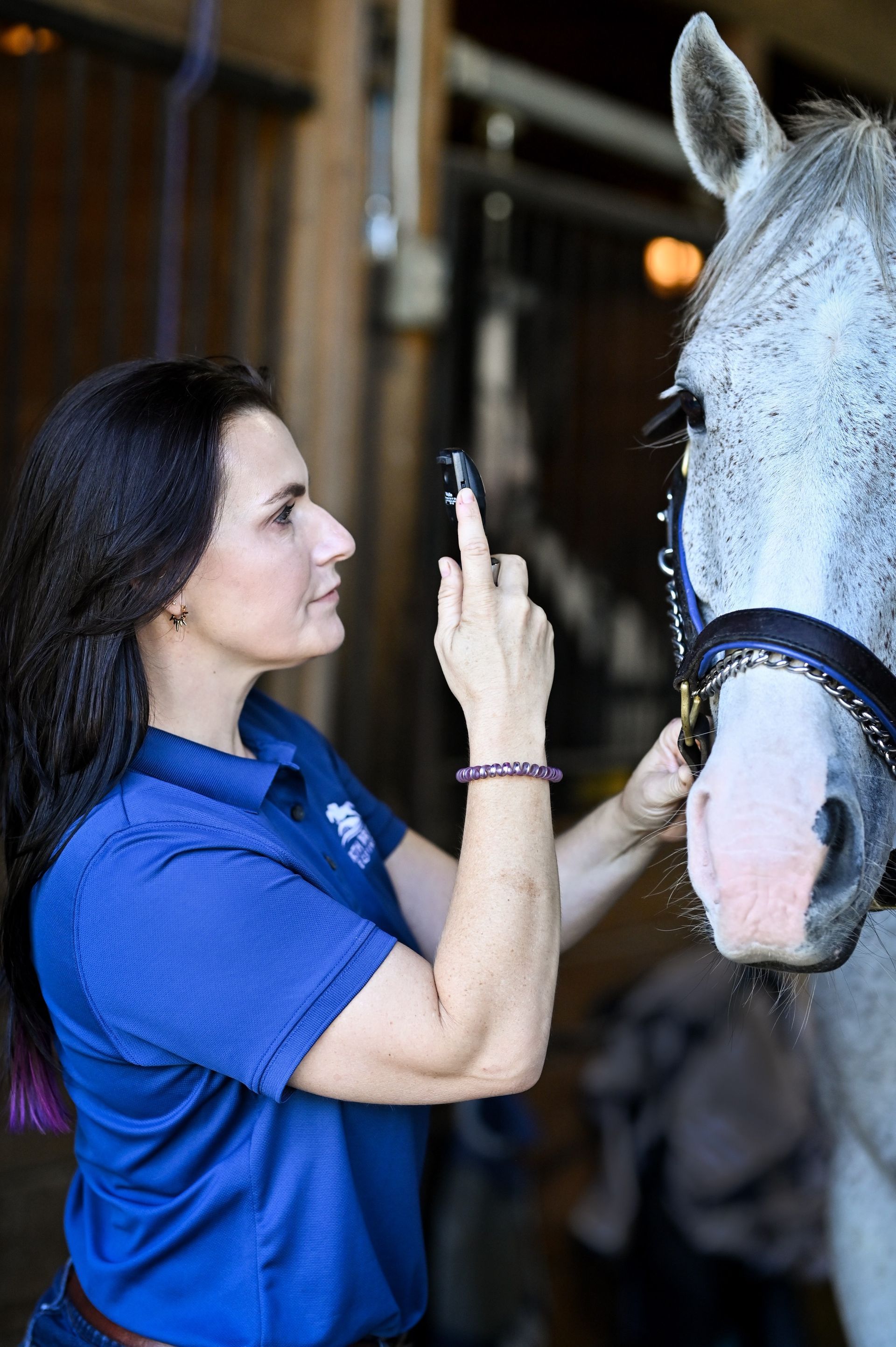
When it comes to your horse’s health, few things are as important—or as delicate—as their eyes. Because horses rely so heavily on vision for safety, communication, and performance, even a small problem can have big consequences. Here’s what every horse owner should know about keeping eyes bright, healthy, and comfortable.
Horses have some of the largest eyes of any land mammal, giving them excellent vision for detecting movement and predators. Positioned on the sides of the head, their eyes provide a wide field of view—nearly 350 degrees—though this comes with some trade-offs in depth perception.
Key features include:
- Wide visual field: Horses can see almost all around them without moving their heads, with only small blind spots directly in front of the nose and behind the tail.
- Motion detection: Their retinas are highly sensitive to movement, an evolutionary advantage that keeps them alert.
- Night vision: A reflective layer (the
tapetum lucidum) enhances low-light vision, helping horses see in dim conditions.
Color vision: Horses are not completely colorblind, but they see a more limited range of colors compared to humans (mainly shades of blue and yellow).

Common Eye Issues in Horses
Because equine eyes are large, prominent, and delicate, they are at risk of injury and disease. Prompt veterinary attention is always crucial, as conditions can worsen quickly and affect vision permanently.
1. Corneal Ulcers
These are abrasions or wounds on the clear surface of the eye. They often occur from trauma (such as a scratch from hay or a branch). Signs include squinting, tearing, and cloudiness. Ulcers can worsen rapidly, so immediate treatment is important.
2. Conjunctivitis
Inflammation of the tissues around the eye may be caused by dust, flies, or allergies. The eye often appears red and irritated. While sometimes mild, conjunctivitis can signal underlying problems.
3. Uveitis (“Moon Blindness”)
Recurrent uveitis is one of the most serious equine eye diseases, causing painful inflammation inside the eye. It is the leading cause of blindness in horses worldwide. Horses may show signs of tearing, cloudiness, or sensitivity to light. Early diagnosis and long-term management are essential.
4. Cataracts
Though less common in horses than people, cataracts (clouding of the lens) can impair vision. They may be congenital (present at birth) or develop later, sometimes after injury or inflammation.
5. Trauma and Foreign Bodies
Because horses often graze in dusty, grassy environments, foreign bodies (like seeds or splinters) may lodge in the eye. Even small injuries can have serious consequences if untreated.
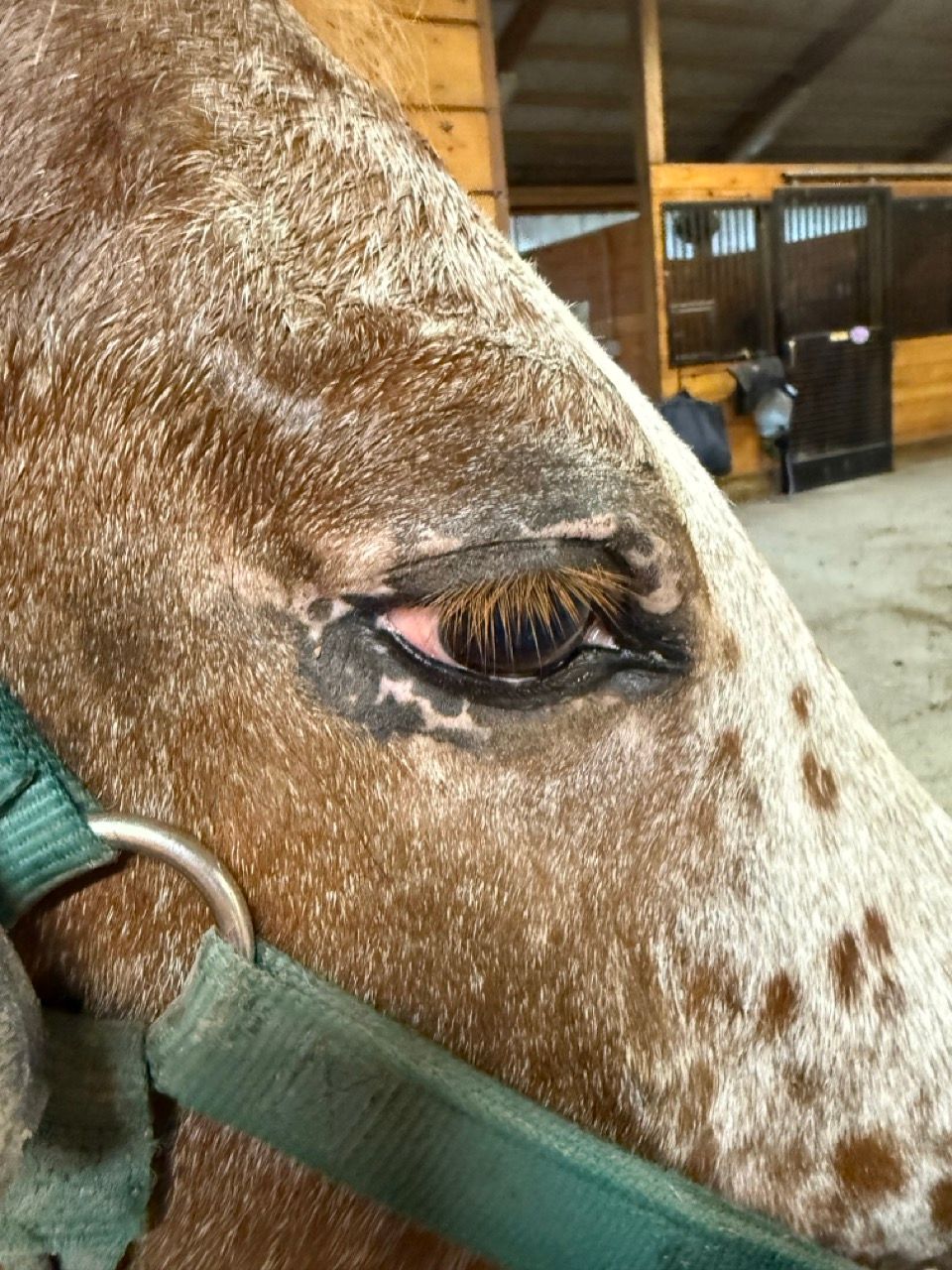
When to Call Your Vet
Any of the following should prompt an immediate call to your veterinarian:
- Squinting or holding an eye shut
- Excessive tearing or discharge
- Swelling around the eye
- Cloudiness, blood, or color changes
- Sensitivity to light
The golden rule: “If in doubt, check it out.” Eye problems can escalate quickly in horses, so early intervention protects comfort and sight.
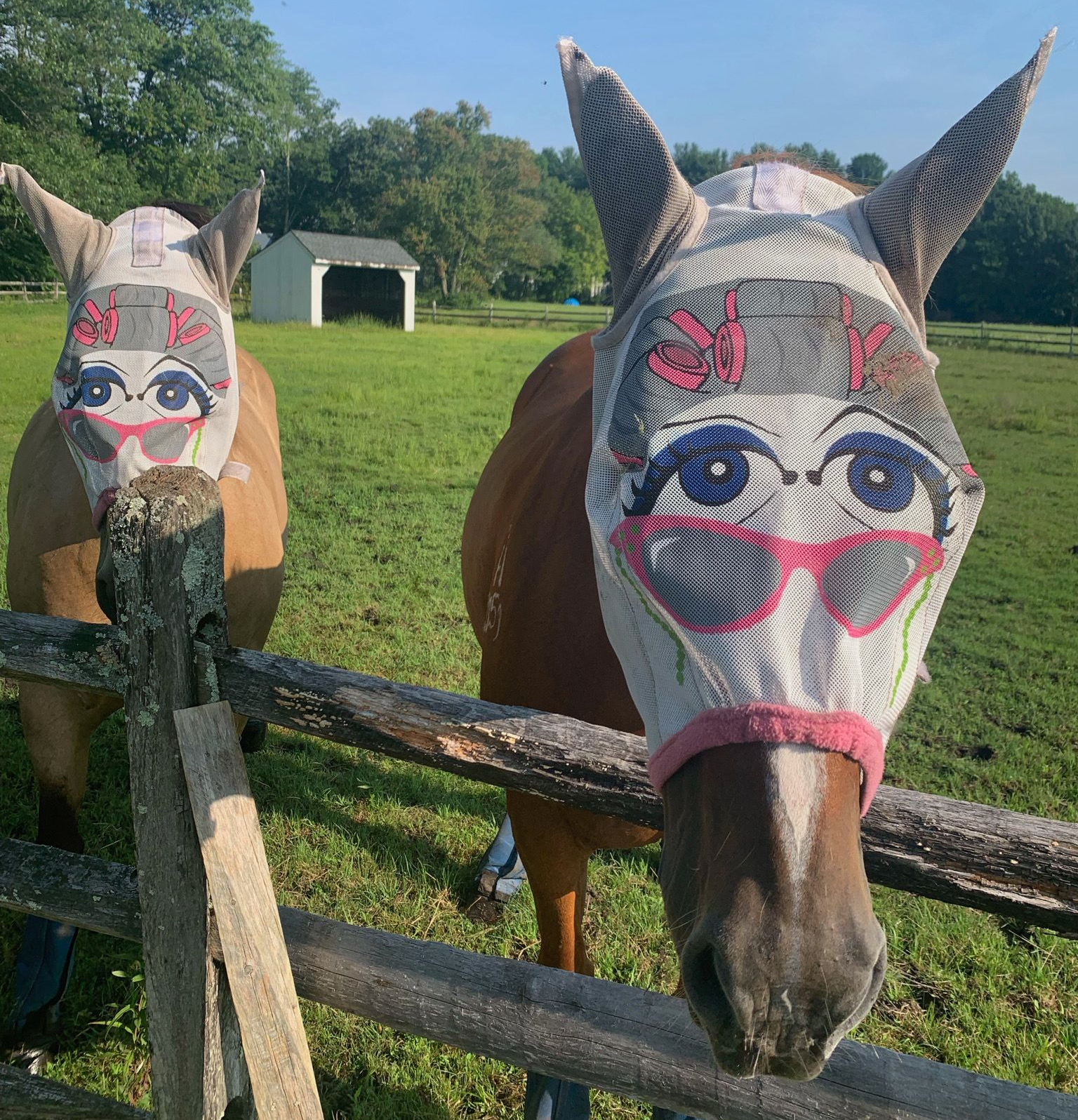
Protecting Your Horse’s Eyes
- Provide fly masks in summer to reduce irritation and injury.
- Keep stables and pastures clear of sharp objects and low-hanging branches.
- Minimize dust exposure with good ventilation and clean bedding.
- Perform daily checks when grooming—your close attention is one of the best defenses.
The equine eye is as beautiful as it is delicate. By understanding how it works and being alert to early signs of trouble, horse owners play a key role in protecting their horse’s comfort and vision. Our team is always here to help—because a healthy set of eyes keeps your horse happy, safe, and thriving.
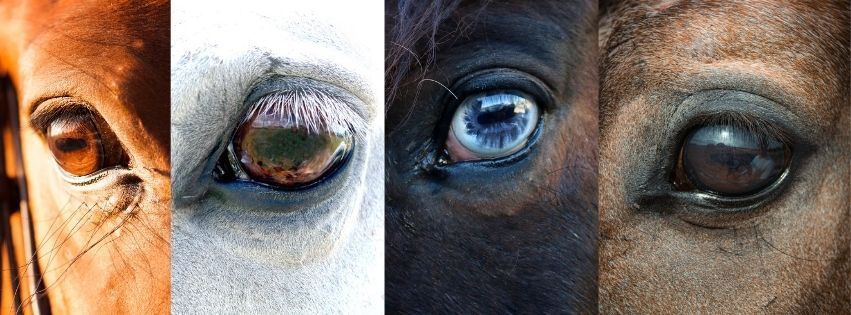
Recent Posts
